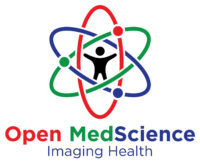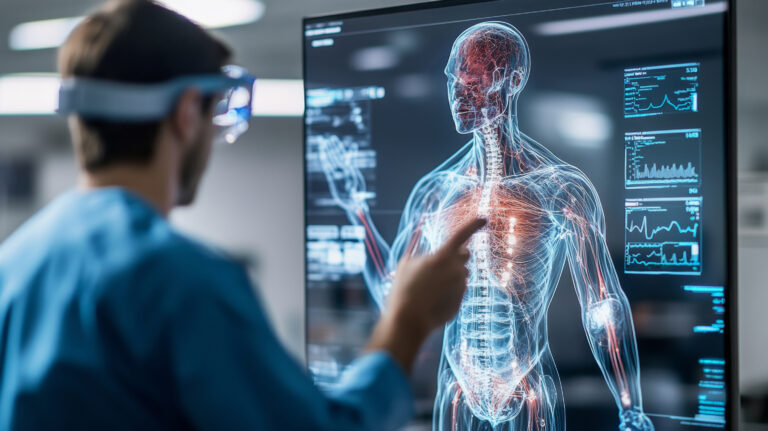Virtual Autopsy
In forensic science, the advent of virtual autopsy, also known as virtopsy, marks a transformative shift from traditional methods, ushering in an era of minimally invasive, technologically advanced investigative procedures. Virtual autopsy employs imaging techniques such as computed tomography (CT) and magnetic resonance imaging (MRI) to explore the human body post-mortem without the need for physical dissection. This innovative approach enhances accuracy and respects cultural and religious sensitivities that may oppose traditional autopsies.
The primary advantage of virtual autopsy lies in its non-destructive nature, allowing for detailed anatomical and pathological examinations without altering or damaging the body. This is particularly crucial in cases where the body needs to be preserved in its original state for further analysis or for cultural reasons. For instance, CT scans can generate 3D reconstructions of the entire body, providing a comprehensive view of bone structures, gas patterns, and even foreign objects. MRI further complements these findings by offering exceptional detail of soft tissues, which is invaluable in detecting causes of death such as internal bleeding or organ damage.
Furthermore, virtual autopsy significantly reduces the time and resources required compared to traditional methods. Traditional autopsies are labour-intensive and require specialised facilities. In contrast, imaging equipment used in virtual autopsies is typically available in most major hospitals, thereby facilitating quicker and more accessible examinations. This efficiency is particularly beneficial in disaster scenarios, where rapid processing of multiple casualties is necessary to provide timely information to authorities and grieving families.
The integration of digital documentation in virtual autopsy also allows for better data preservation and sharing among forensic experts. Detailed images and 3D models can be stored indefinitely and accessed globally, enabling collaboration without geographical constraints. This aspect is particularly advantageous for training purposes and for cases requiring consultation from specialists in different locations.
Despite its numerous benefits, virtual autopsy does have limitations. It is not always effective in identifying certain pathologies, such as specific toxicological or microscopic findings, which may still require traditional methods. Therefore, it is often used in conjunction with, rather than as a replacement for, conventional autopsies.
As technology advances, the scope of the virtual autopsy is expanding. Innovations in software and imaging capabilities continue to enhance its accuracy and applicability. Looking ahead, virtual autopsy could integrate more advanced technologies such as augmented reality (AR) and artificial intelligence (AI), which would further revolutionise the field by improving diagnostic precision and automating certain processes.
In conclusion, virtual autopsy represents a significant advancement in forensic science, offering a respectful, efficient, and innovative alternative to traditional methods. As it continues to evolve, it promises to play an increasingly vital role in modern medico-legal investigations, benefiting the scientific community and society.
You are here:
home » Virtual Autopsy

